Despite the fact that the Regency period lasted less than a decade, between 1811 and 1820, its beautiful architecture encapsulates a culture and style that has endured for more than 200 years.
Cheltenham proudly boasts the accolade of ‘Britain’s most complete Regency town’ and this is undoubtedly a large part of its international appeal for residents and visitors alike. Similarly, Bath, Brighton, Harrogate, Royal Leamington Spa and, of course, the terraces around London’s Regent’s Park by the Regency era’s star architect, John Nash are revered for their Regency architecture.
While other styles have fallen in and out of favour over the years, there is something about the classical characteristics of Regency architecture that have stood the test of time.
Often built in crescents and grand terraces, Regency period homes are recognisable by their painted stucco exterior, wrought-iron porches and balconies and picturesque detailing. Inside, you will be greeted with impressive halls and rooms with high ceilings, ornamental features and large windows.
It is this stylistic beauty and innate practicality that has ensured Regency’s future in our landscape. Indeed, it is inspiring a new generation of homes. New developments, often located in Regency areas, are reimagining the style for a new era.
In Cheltenham, for example, Cala Homes is creating one of the town’s most significant developments in many years. 59 Lansdown has been designed to enhance the local vernacular, with its street scene taking a crescent design and its homes featuring elegant wrought iron balconies. Inside, the homes incorporate many of the hallmarks of the period, such as high ceilings and doorways and sophisticated cornicing, alongside large floor to ceiling windows and roof lights.
Perhaps one of the reasons for the continued popularity of Regency is how well its characteristics lend themselves to contemporary living. Historic buildings are often brought back to life as residences and, when done well, such conversions are as practical and they are beautiful. Hope House in Bath, Royal Pavilion in Poundbury, Dorchester and Regent’s Crescent, Marylebone, pictured above, are particularly fine examples.
Whether conversion or new build, the most successful schemes take the best of the period style and blend them with a modern layout and all the advantages of a high specification.
(5).jpg)
(2).jpg)
.jpg)
.jpg)
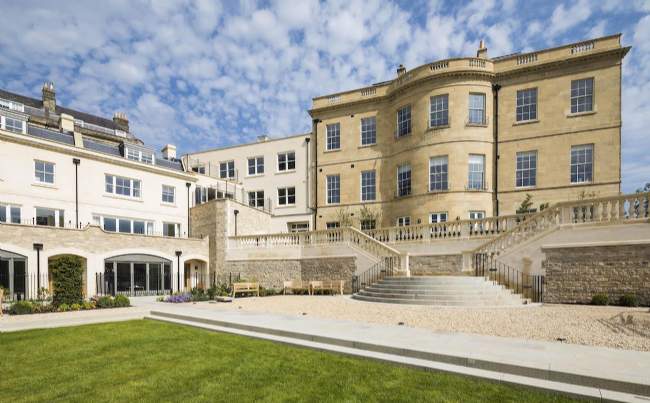
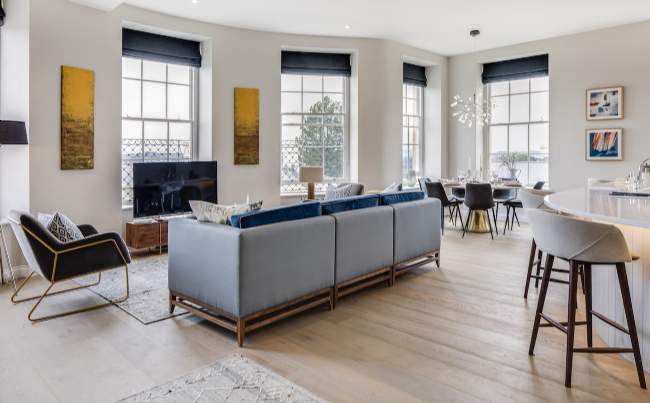
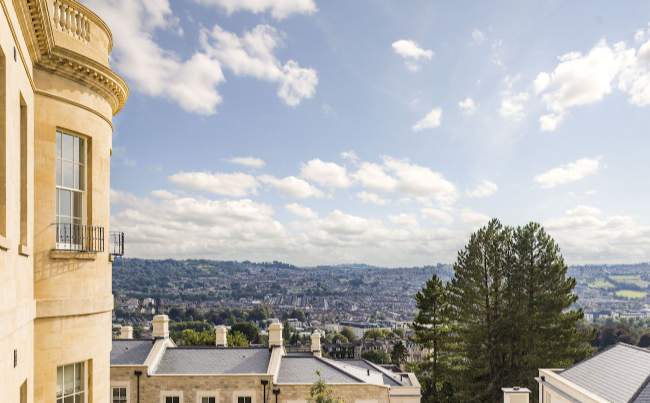
.jpg)
.jpg)
.jpg)
(1).jpg)
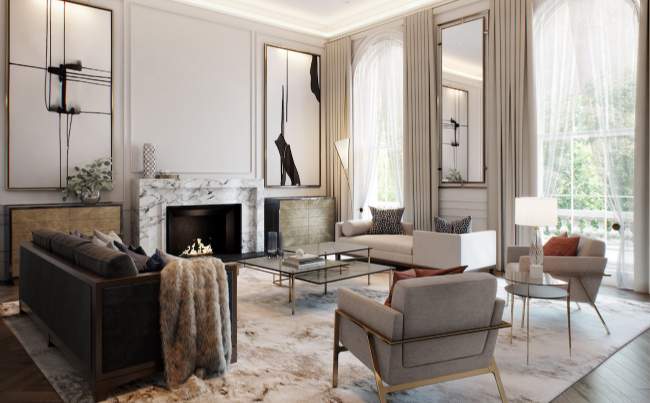
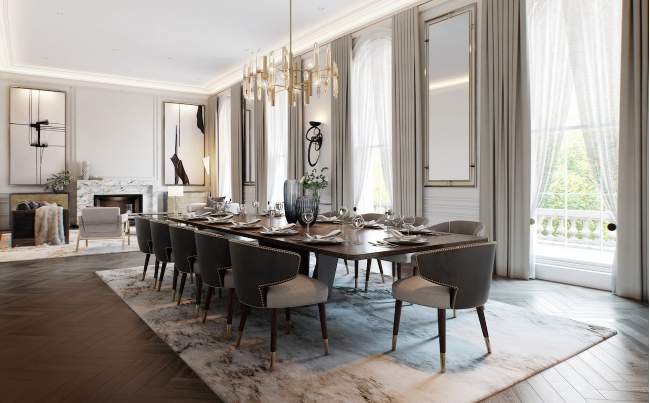




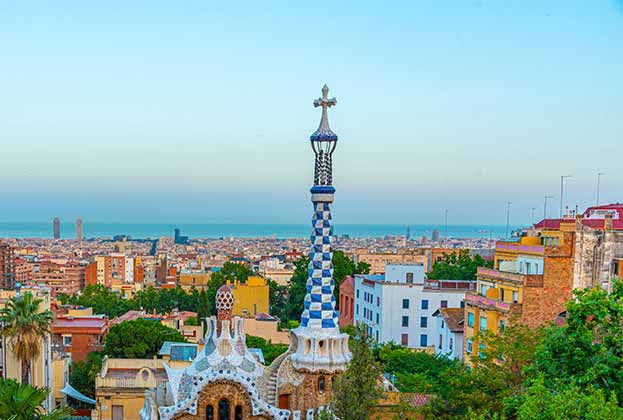


.jpg)
.jpg)
